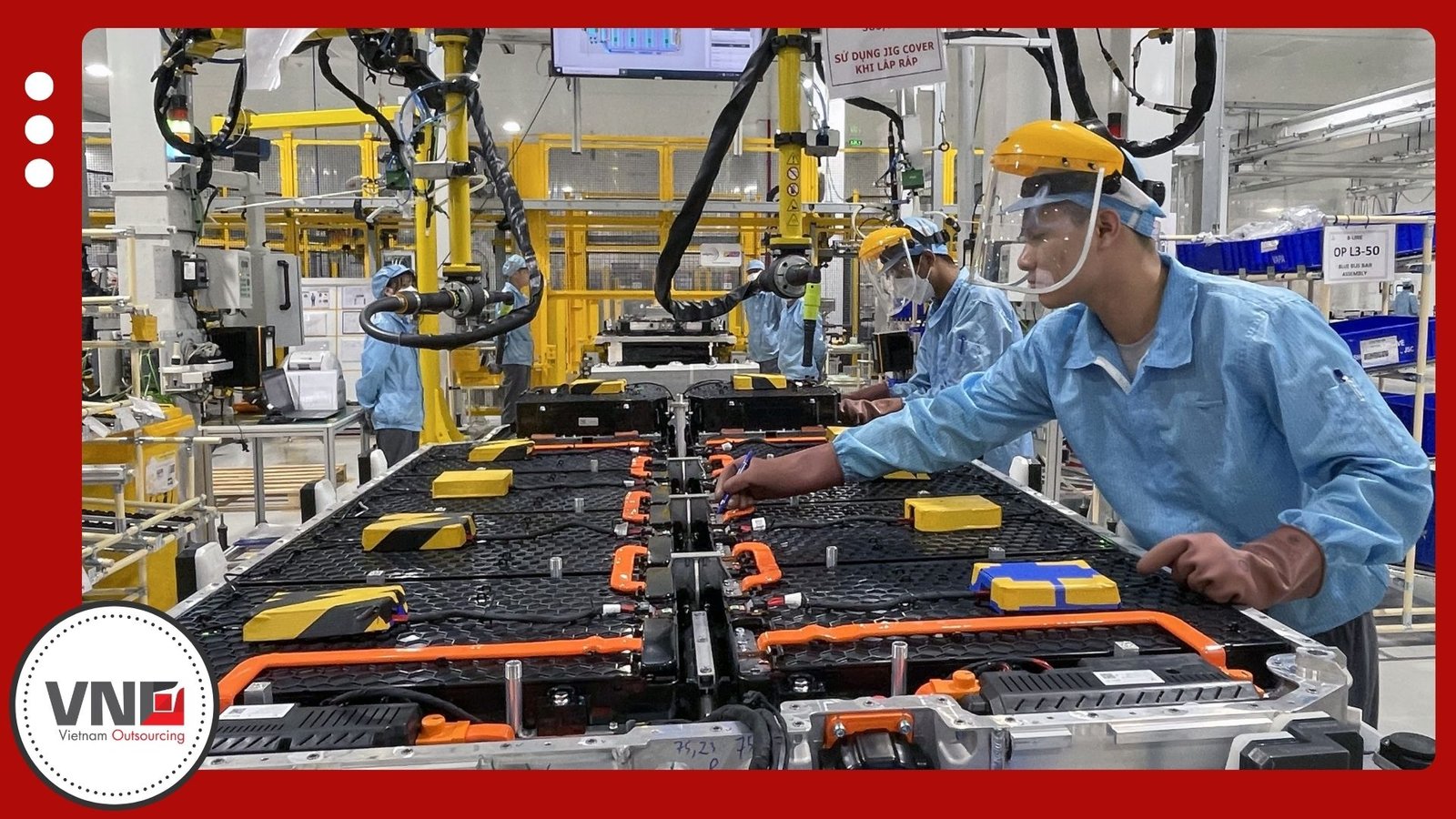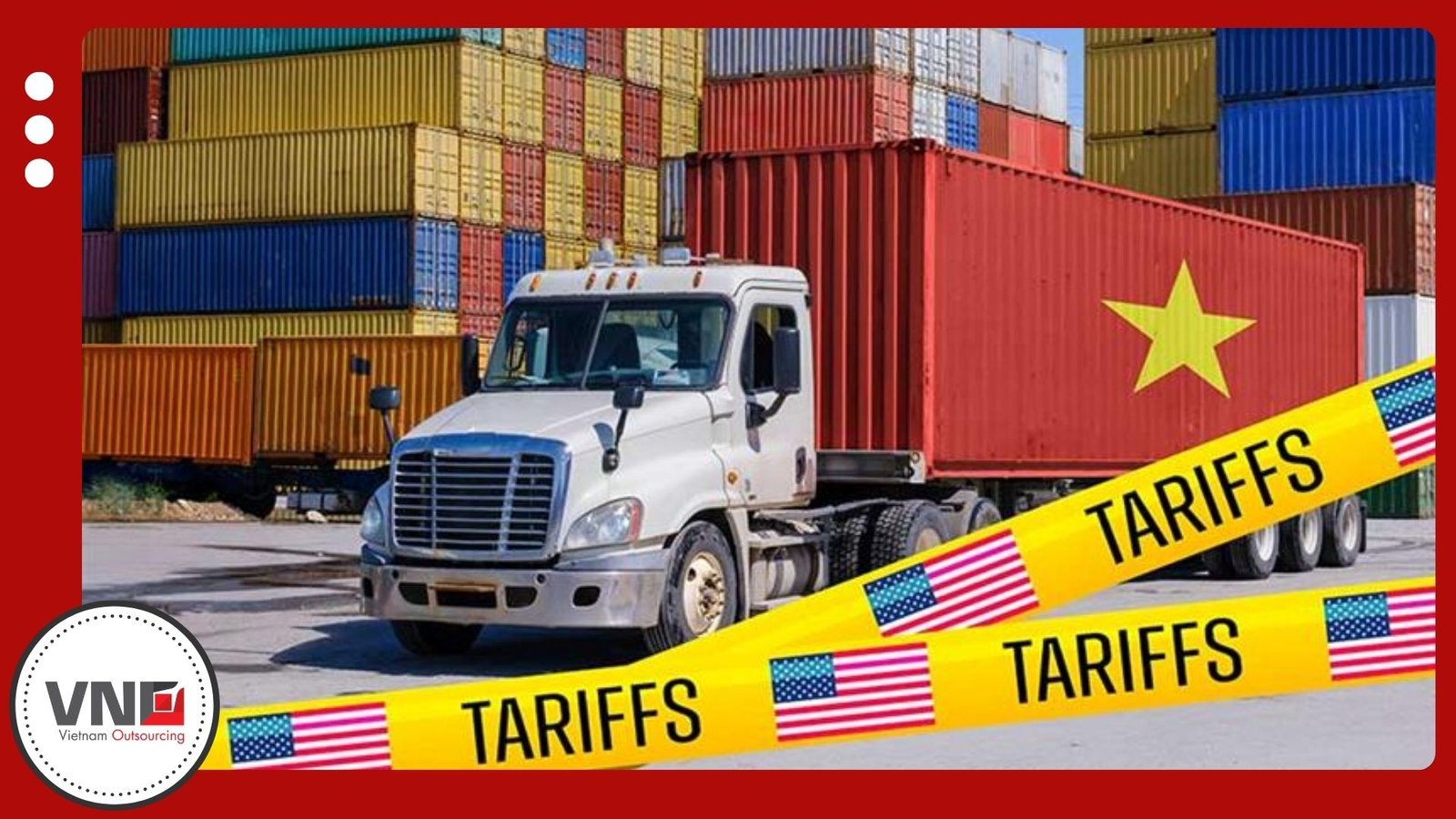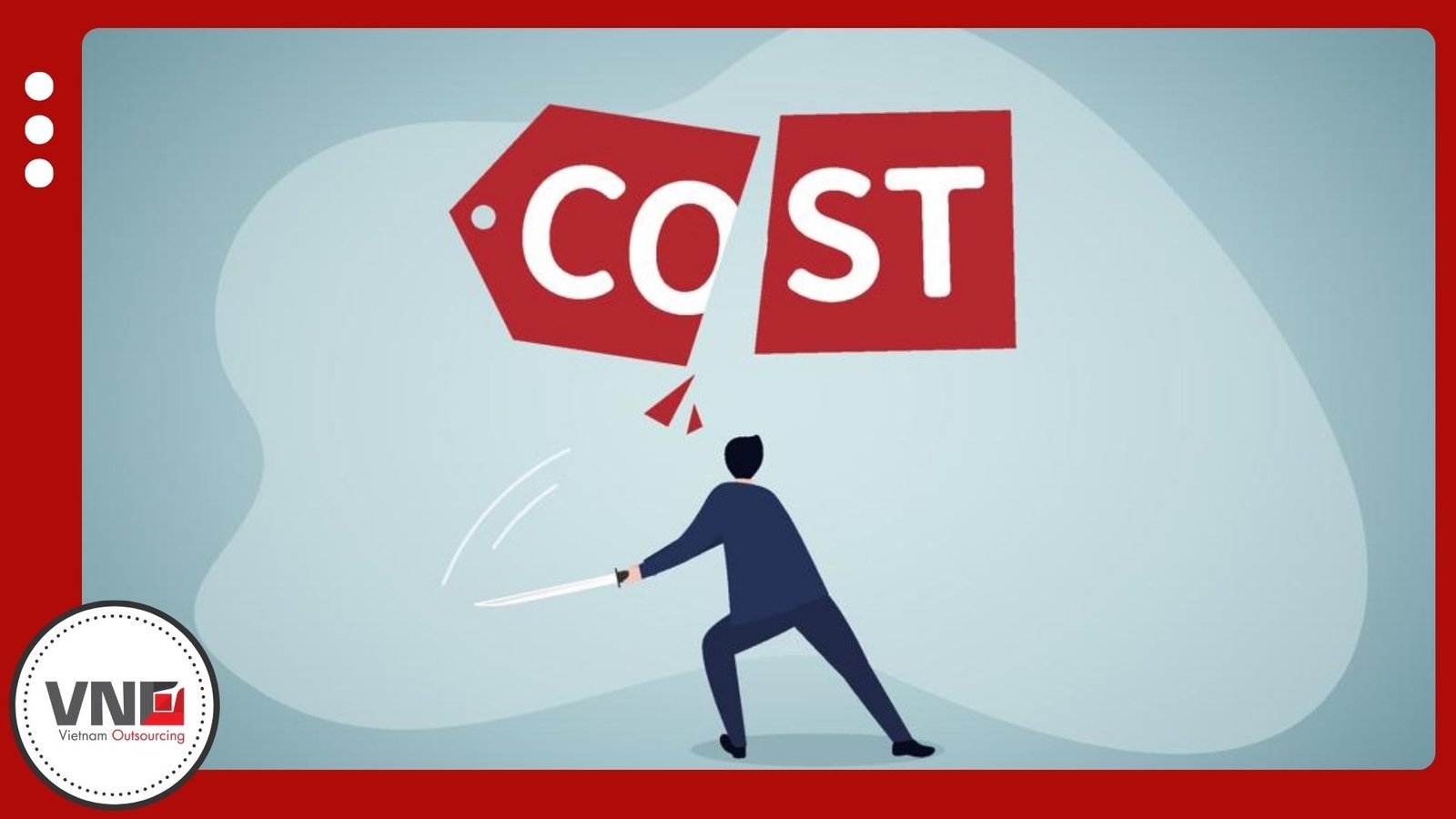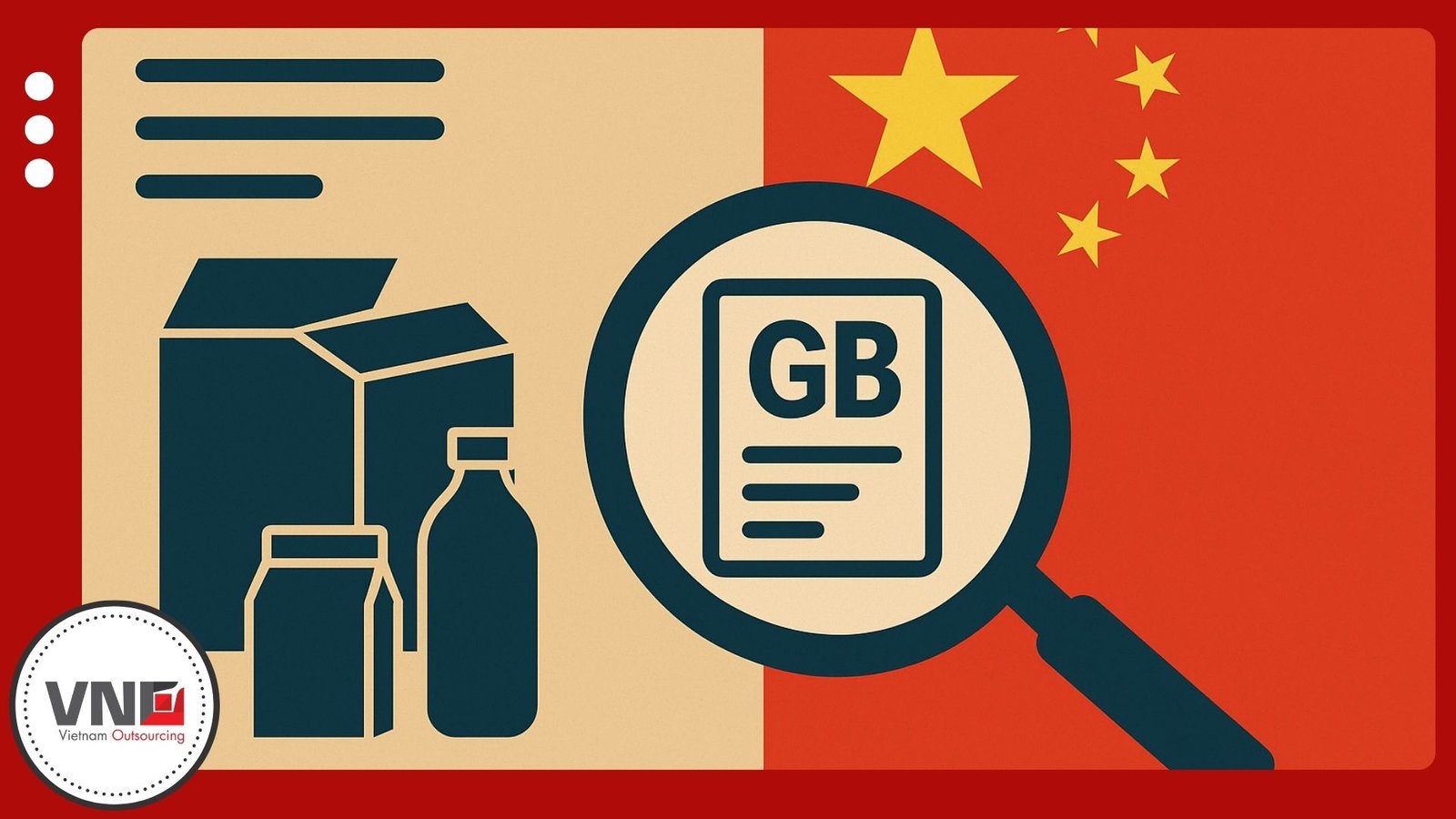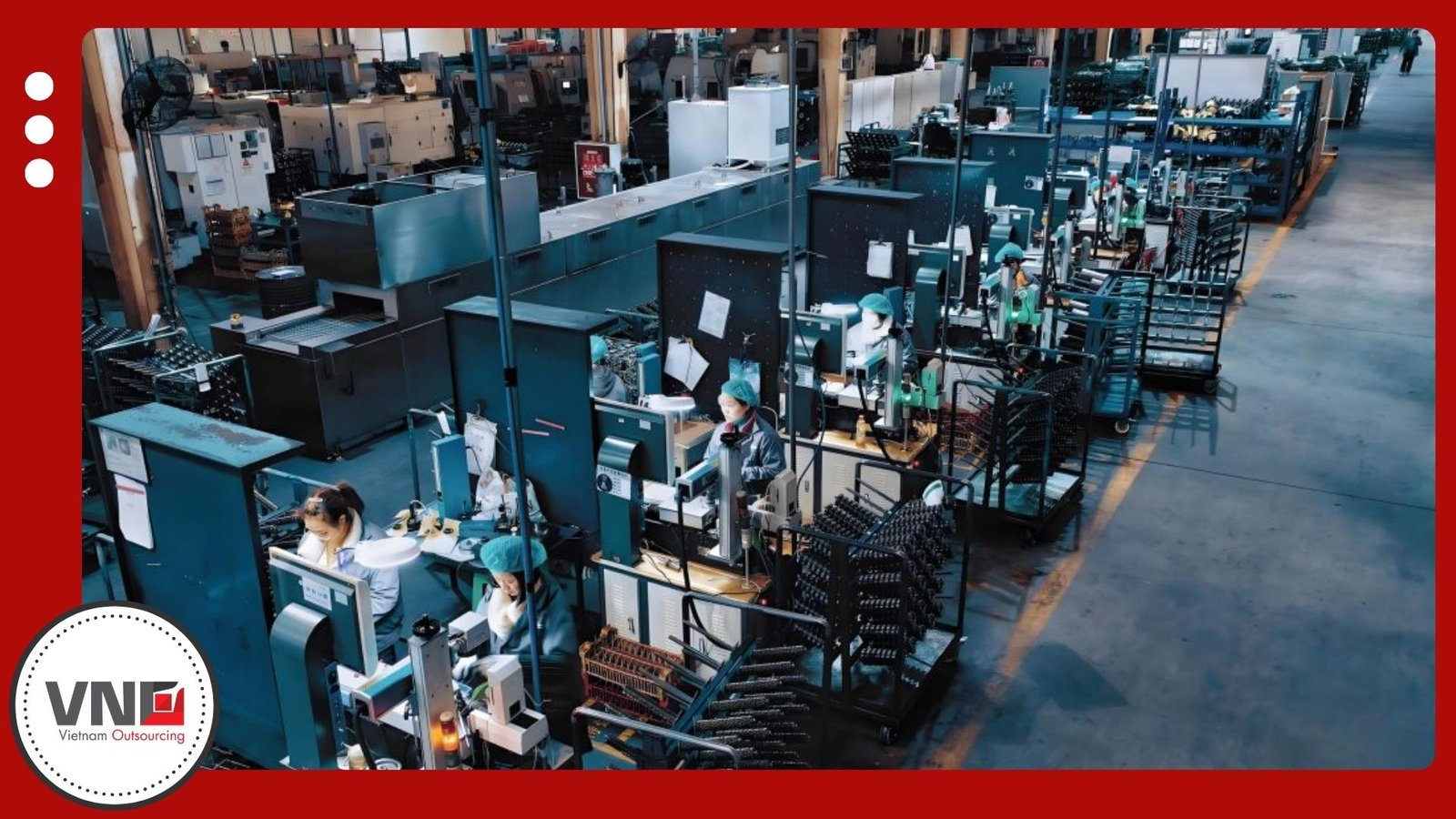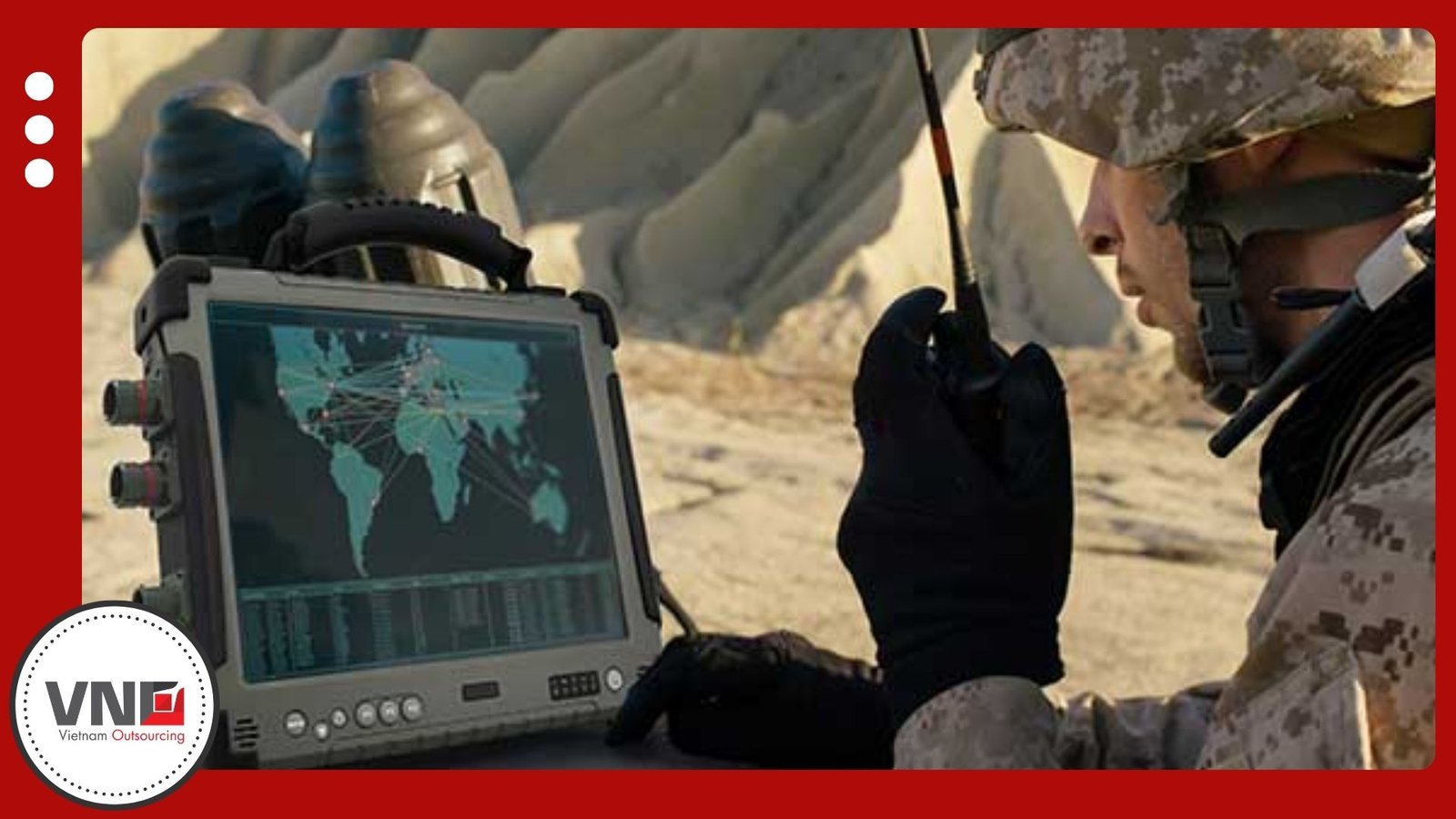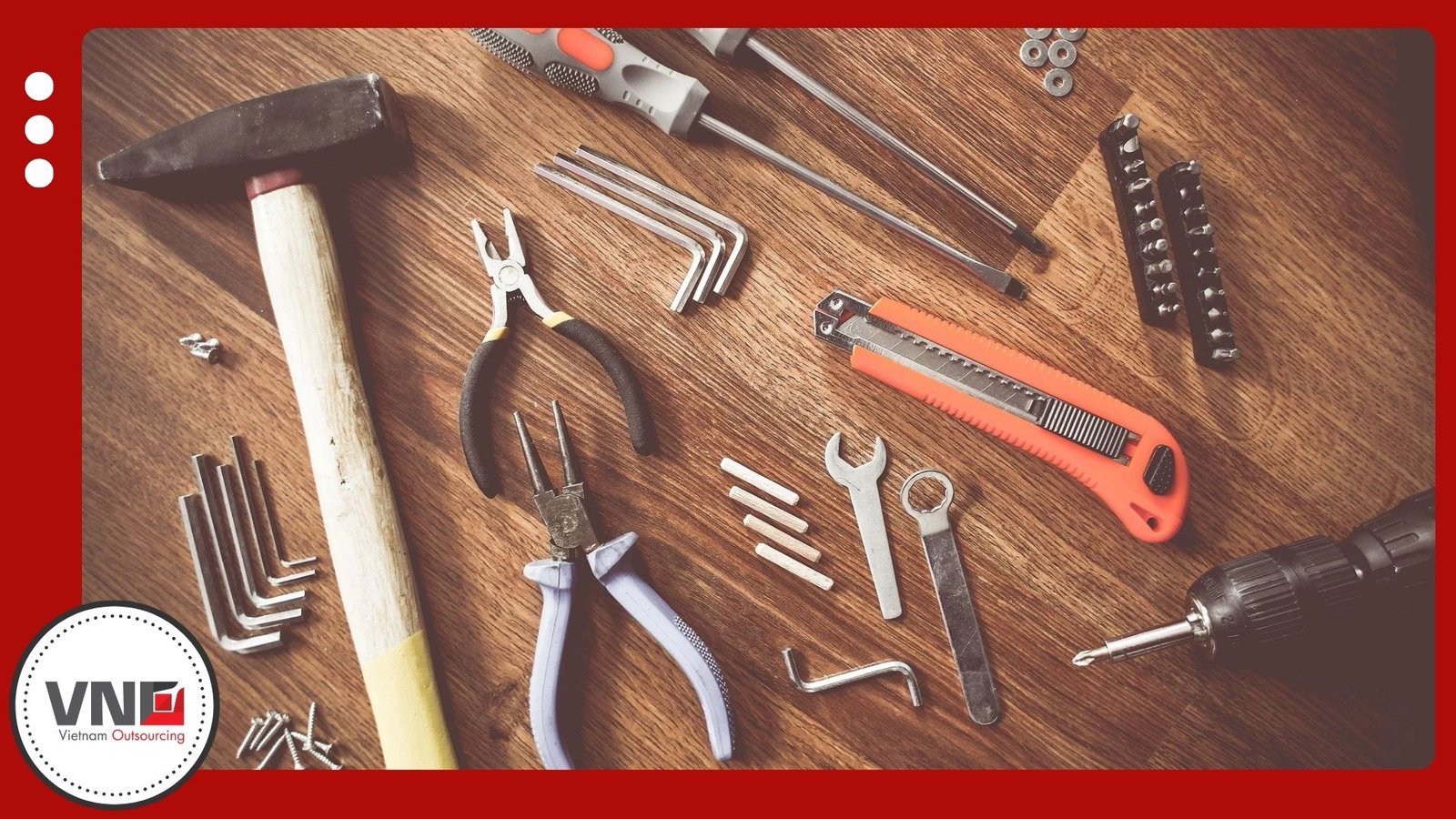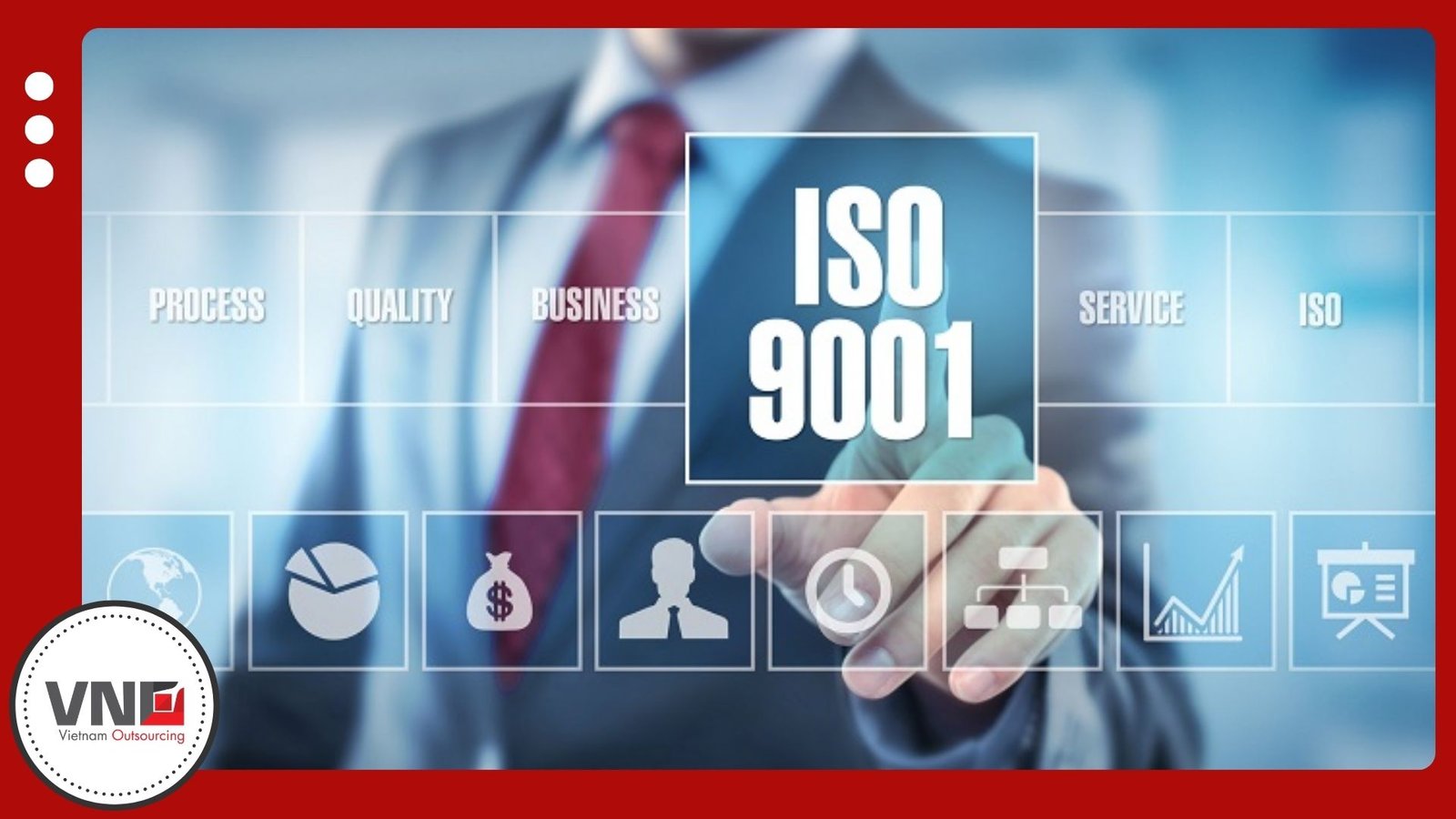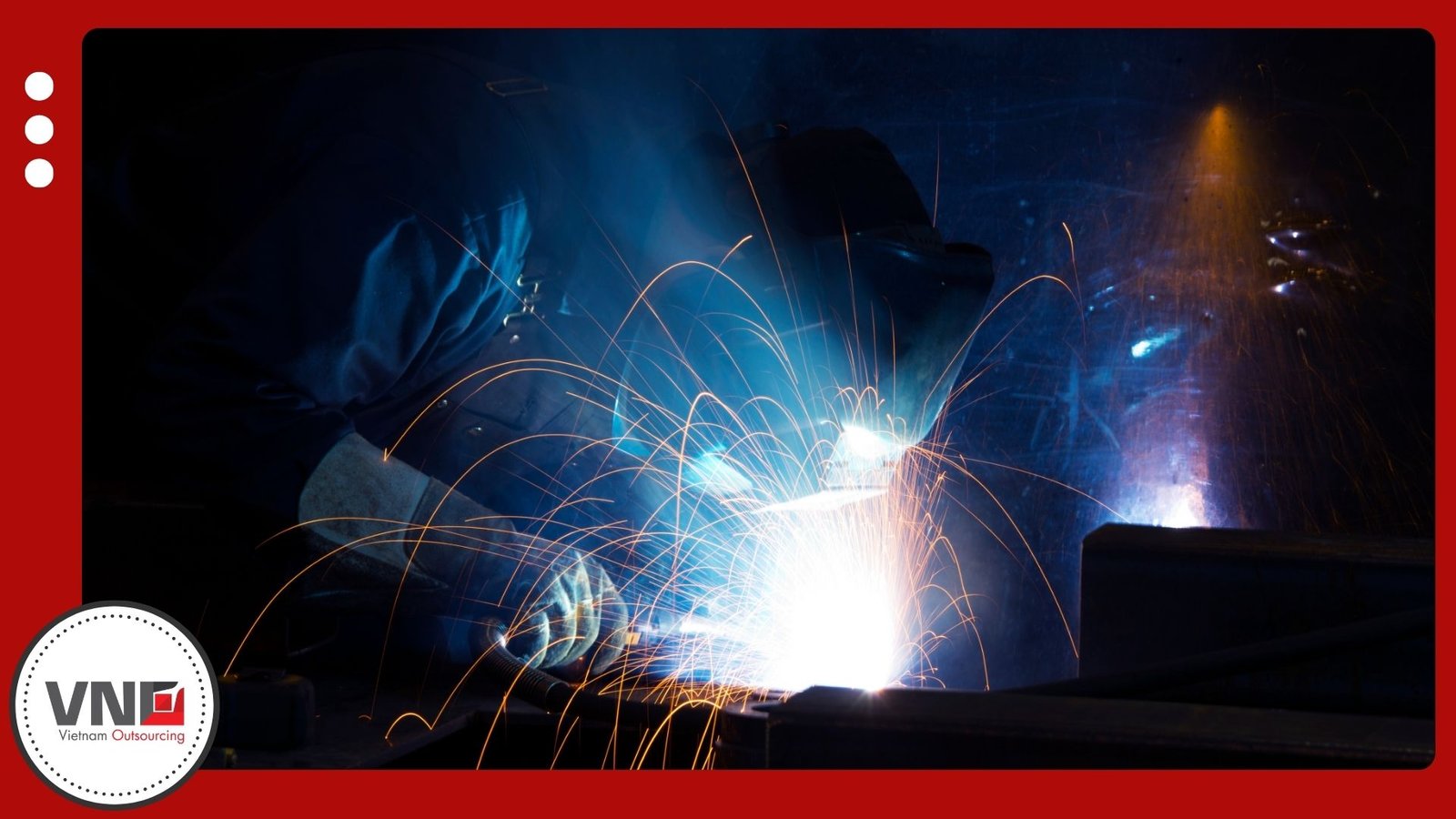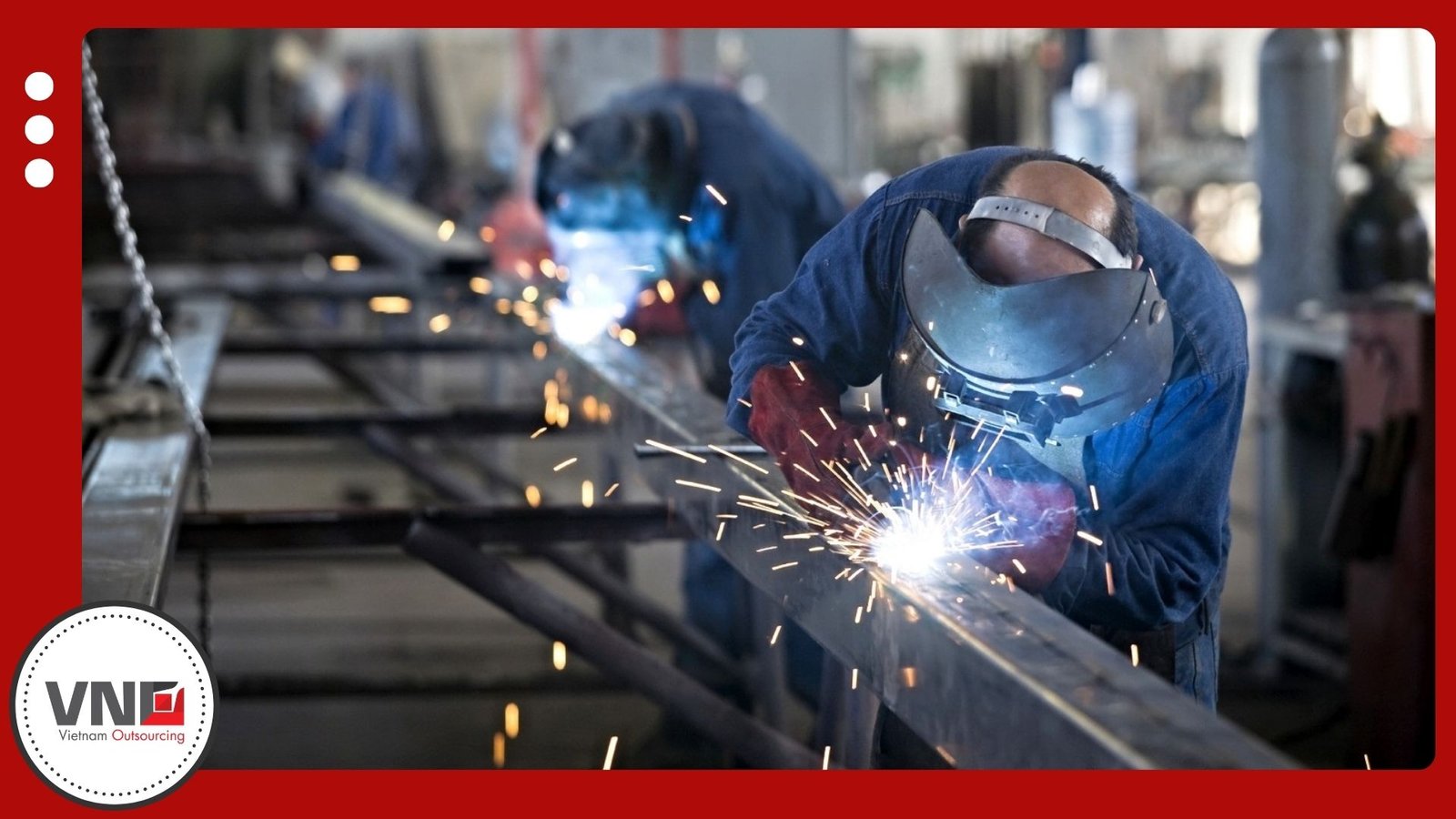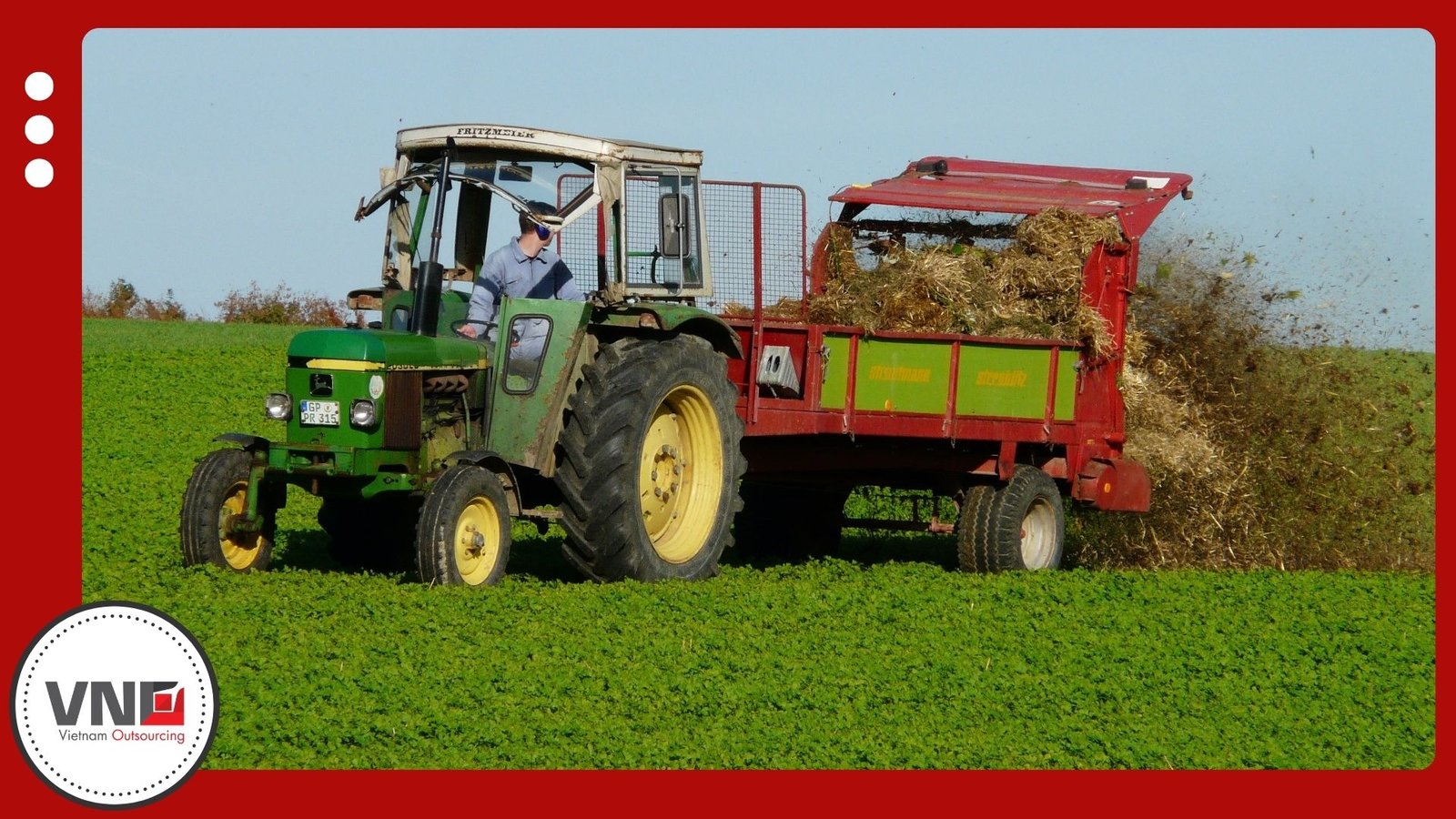1. Introduction: Vietnam’s Supply Chain and Compliance in 2025
In 2025, Compliance & Supply Chain in Vietnam has become one of the most important factors for global buyers. The Trump administration’s decision to impose a 46% tariff on Vietnamese exports disrupted trade, raising costs for U.S. and EU importers. However, Vietnam’s strong compliance record and adaptable supply chains helped stabilize the situation. By mid-2025, tariffs were reduced to 20%, restoring buyer confidence and positioning Vietnam as a reliable sourcing hub.
2. Global Standards Shaping Vietnam’s Manufacturing Sector
Vietnamese manufacturers consistently align with international standards such as ISO 9001 for quality management, ISO 14001 for environmental management, and ASTM standards for metals and aluminum products. Compliance with RoHS and REACH ensures access to EU markets, while ITAR and EAR readiness makes Vietnam a partner in sensitive industries such as aerospace and defense.
Compliance as a Negotiation Advantage
Strong compliance systems were not only beneficial for product quality but also played a role in tariff discussions. Vietnam’s ability to demonstrate strict adherence to Western standards provided leverage in negotiations, accelerating the reduction from 46% to 20%.
3. How Vietnam’s Supply Chain Adapted to Tariff Pressures
The Initial Shock of 46% Tariffs
When tariffs were introduced in early 2024, landed costs for U.S. buyers spiked. Many contracts had to be renegotiated, and sourcing strategies temporarily shifted.
Strategies for Resilience
To overcome these challenges, Vietnamese suppliers focused on lean production methods, prioritized compliance for faster customs clearance, and adopted flexible pricing strategies with the support of Vietnam Outsourcing (VNO).
Tariff Reduction Timeline
- Late 2024: Tariffs eased to 35%.
- Early 2025: Reduced further to 25%.
- Mid-2025: Stabilized at 20%, strengthening Vietnam’s competitiveness against China and India.
4. Infrastructure and Logistics Strengths
Vietnam’s supply chain is supported by modern ports such as Hai Phong, Da Nang, and Cai Mep-Thi Vai, along with expanded highways and airports. These investments have shortened delivery times, reduced logistics risks, and helped offset tariff-related costs.
5. Vietnam vs. China: Comparing Supply Chain Reliability
China remains the largest manufacturing hub, but rising labor costs and geopolitical tensions have introduced instability. Vietnam, in contrast, offers competitive costs, political stability, and proven compliance with global standards. This combination makes Vietnam a dependable China+1 alternative for companies diversifying their supply chains.
6. Risk Management and Supplier Verification
Supplier Audits and Quality Assurance
Thorough audits, compliance certifications, and on-site inspections are essential for ensuring supplier reliability. VNO provides third-party verification, giving U.S. and EU buyers added security.
Transparency and Traceability
Digital tools such as blockchain and ESG reporting are increasingly being used in Vietnam to provide full traceability. These measures reinforce trust and ensure that buyers meet their sustainability and compliance goals.
7. Recap: From 46% Tariff to 20%
- Early 2024: Tariffs introduced at 46%.
- Mid 2024: Industry and government begin lobbying efforts.
- Late 2024: Tariffs reduced to 35%.
- Early 2025: Dropped further to 25%.
- Mid 2025: Stabilized at 20%, securing long-term confidence in Vietnam’s exports.
This progression illustrates how compliance, resilience, and government diplomacy worked together to protect Vietnam’s manufacturing industry.
8. Looking Ahead: Future Trends in Vietnam’s Supply Chain
Sustainability is becoming a central requirement, with ESG compliance now a top priority. At the same time, AI-powered supply chain management is being introduced to forecast disruptions and optimize delivery routes. These innovations will make Vietnam even more attractive to U.S. and EU buyers in the years ahead.
Looking for compliance-ready suppliers and a reliable supply chain partner in Vietnam? Contact Vietnam Outsourcing (VNO) today to secure your competitive edge in global markets. .
FAQs on Compliance & Supply Chain in Vietnam
What compliance standards guide Vietnam’s manufacturers?
Most suppliers meet ISO, ASTM, RoHS, and REACH standards, with growing adoption of ITAR and EAR in specialized industries.
How did Vietnam manage the 46% tariff challenge?
By emphasizing compliance, improving logistics, and negotiating reductions that eventually lowered tariffs to 20%.
Why is compliance important for international buyers?
Compliance ensures products meet global safety and environmental standards, reducing risks of delays or rejections.
How does Vietnam’s supply chain compare to China’s?
Vietnam offers lower risks, stable delivery, and strong adherence to Western standards, making it a reliable alternative.
How does Vietnam’s supply chain compare to China’s?
Conduct audits, check certifications, and work with partners like VNO for independent verification.

